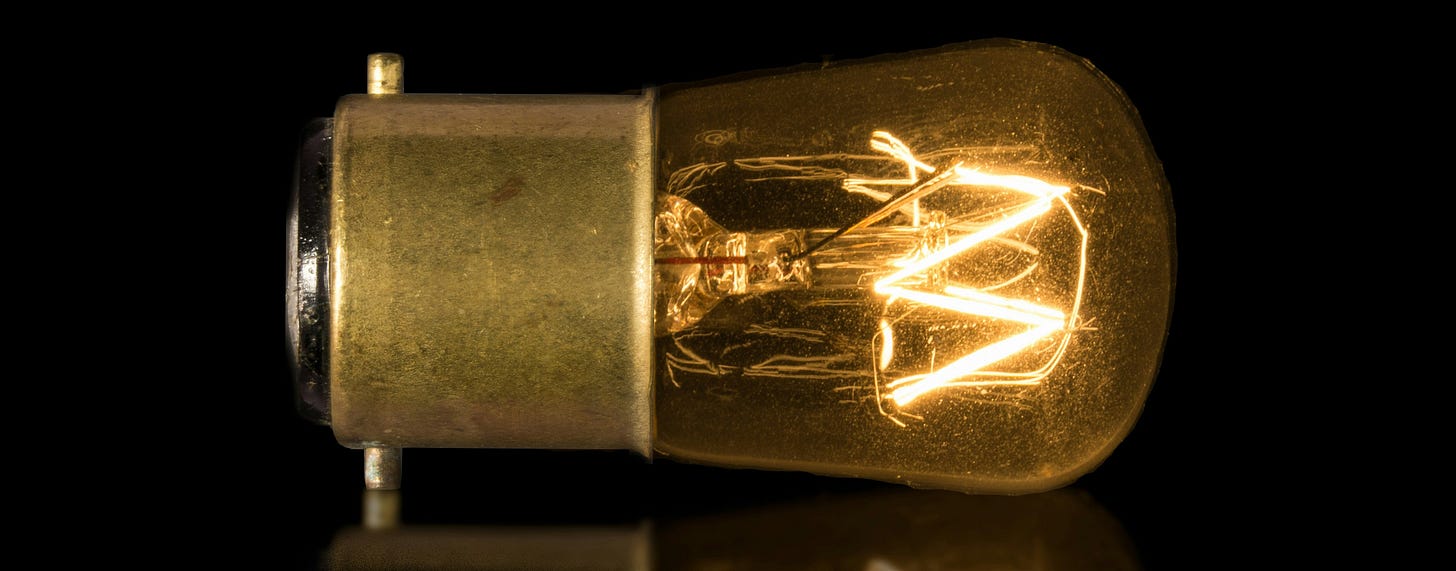Energy Management > Time Management
Managing your energy instead of trying to fit things into a time-based calendar might give you better results
You can plan your day down to the minute — colour-coded calendar, task list, and all — and still end up drained and staring at your not-done to-do list by 3pm.
Conventional productivity wisdom says managing our time is the key. But time management assumes we’re consistent machines, able to operate at the same level all day long. In reality, our capacity ebbs and flows as our energy, emotion and concentration levels go up and down.
The limits of time management

Everyone has the same 24 hours, but not the same usable hours. During some parts of the day, you can think clearly, make decisions easily, and move through work with purpose. Other parts feel like walking through fog.
Research on ultradian rhythms — the natural 90–120 minute cycles our brains undergo— shows that focus and alertness rise and fall predictably throughout the day.
In modern work culture, we often ignore these signals and keep pushing through, filling every slot on our calendar and treating rest as an optional extra. But the truth is, rest is the foundation that makes focus possible.
Understanding your energy patterns
If time management is about efficiency, energy management is about alignment.
Start by noticing your natural rhythm. For a few days, jot down when you feel most alert, creative, social, or tired. You’ll start to see patterns — maybe you do your best deep work in the morning, or hit your stride late in the afternoon once the noise dies down.
Once you know your rhythm, you can match the right kind of work to the right kind of energy:
High energy: creative, problem-solving, or strategic thinking.
Medium energy: meetings, coordination, planning.
Low energy: admin, reflection, or rest.
Then you can start scheduling your workday not by blocks of time but by blocks of energy.
It’s a simple shift, but it transforms how you experience your day. Instead of fighting your body’s natural cycles, you start to work with them.
How to manage energy, not just time

Work in waves, not marathons.
Focus for 90 minutes, then rest for 10–15. Step away from screens. Move, stretch, hydrate.Match energy to task.
Do creative or complex work when you’re sharpest. Save routine tasks for your slower hours.Build micro-rest into your day.
A few quiet minutes between meetings can reset your attention and prevent the “mental hangover” that comes from context switching.Guard recovery time.
Sleep, nutrition, and movement aren’t luxuries — they’re energy infrastructure. Without them, everything else collapses.Protect your focus.
Every unnecessary decision, notification, or unresolved task drains energy. Protect your focus like it’s a limited resource — because it is.
Rethinking productivity culture
We’ve been taught to measure productivity in hours worked, tasks completed, or emails sent. But those metrics don’t capture the real story.
You don’t need more hours in the day — you need more life in your hours!

